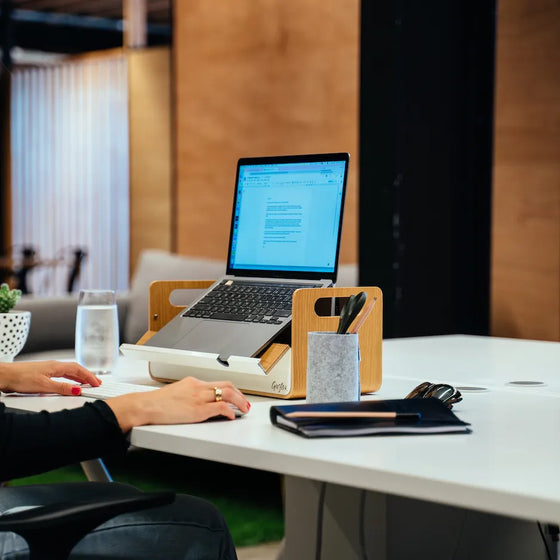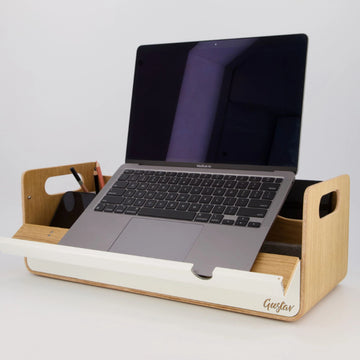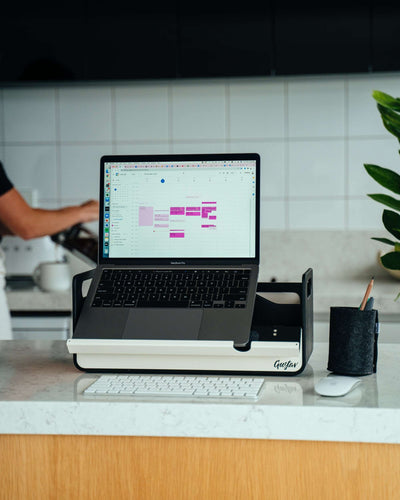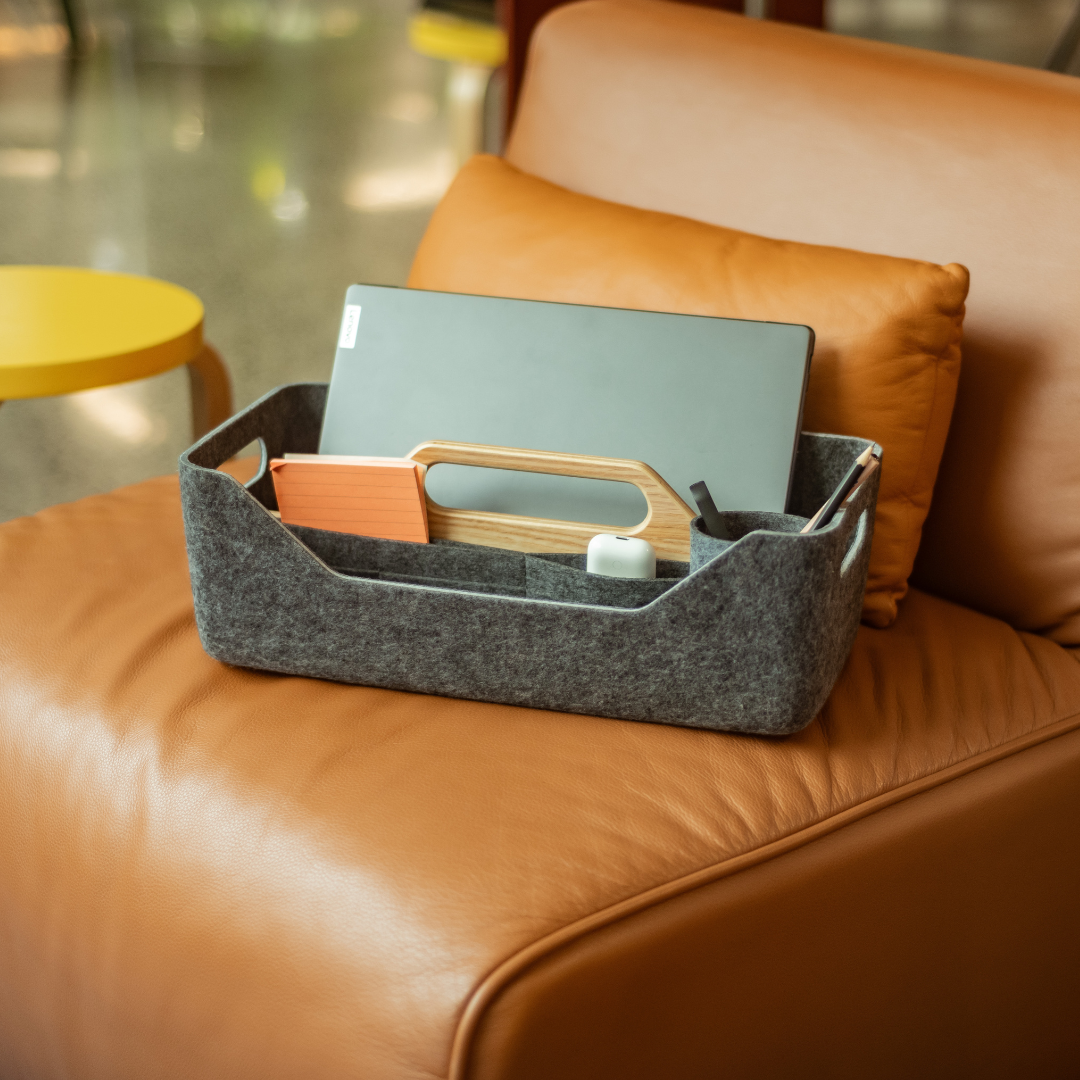The Desk Dilemma: How to Increase Employee Satisfaction with Desk Sharing

In the ever-evolving landscape of the modern workplace, one aspect that's quietly transforming is our relationship with our desks. Gone are the days when a desk was just a personal sanctuary in the office. A recent Morgan Stanley survey reveals that about over half of offices in the UK and about a third of office workers in the U.S. are now navigating the waters of "hot desking," where the concept of a personal desk is replaced by a more communal, any-desk-goes approach.

The Rise of Hot Desking
Hot desking, a cost-effective strategy more prevalent post-pandemic, involves employees not having assigned desks but rather choosing from any available workspace upon arrival. This model, while financially savvy for companies, isn't meeting universal applause from the workforce. It's like musical chairs, but with desks – and not everyone is enjoying the tune.
Employee Sentiments
Whilst adaption rates are rising globally, we have to acknowledge that not all workers are on board with this change, especially in the beginning. This Oxford-Saïd BS Study showing the link between employee satisfaction and productivity – it is a crucial element for success. For some, the loss of a dedicated workspace is akin to losing a part of their work identity. It's more than just a desk; it's about having a small, personal haven in the corporate world. For others, the flexibility and variety offered by hot desking are liberating, like being a nomad in the office savannah.
-
Balancing Needs with a proper Workplace Strategy
So, how do you balance those needs? In our experience, businesses who are most successful, don’t take the transformation lightly and have a well thought out and dedicated workplace strategy. A workplace strategy is the backbone of a company's operational ethos, harmonizing the physical space with organizational objectives. It's essential because it defines how a space is used to enhance productivity, attract talent, and maintain a competitive edge. This strategy transcends mere aesthetics; it shapes the daily experience of employees, influences collaboration, and supports well-being.
-
Investing in the right Tools, Furniture and Accessories
Taking into account the sentiments of personalization, most successful businesses are investing into tools that help them to make the new system work. Desk booking systems such as Deskbird might help organize teams and make sure everyone who needs to, may sit together as a team. Another game changer in the perception of hot desking has been individualized desk organizers like Gustav, which enables turning any space into their personal desk, keeping office utensils organized and working ergonomically correct. It enables people to realize the potential of a mobile workspace, whilst still allowing for personalization – which caters to the emotional needs of individuals.
-
Balancing Hybrid Work Models Right
Many businesses choose a universal approach for their workforce, by allowing everyone to work a certain time, often 2-3 days a week, at home, and enforce them to come back to the office for the rest. However, a more balanced seeking a approach is emerging throughout workplace strategists: allowing teams to choose their working style. This approach discussed by Dr. Gleb Tsipursky acknowledges that different teams have different needs, and maximizing team’s potential by aligning their work environment with their tasks might be an approach considering. For instance, a digital team might want to engage more at the end of each 2 week sprint. In contrast, an account management team, which requires more stability and consistency, especially towards the end of the month.
By giving teams the autonomy to choose, companies can cater to the diverse requirements of their workforce, ensuring that everyone's job needs are met in an optimal manner. This approach is a departure from a one-size-fits-all policy, moving towards a more nuanced, employee-centric workplace strategy.
-
Walking the Talk: Leadership in Desk Sharing
Leadership buy-in is not just crucial; it’s the cornerstone of any successful workplace strategy, especially when implementing hot desking. Leaders must not only “walk the talk” but also sit in the seats. This means actively participating in the hot desking environment, showing that no one is above the culture they endorse.
When leaders relinquish corner offices for shared spaces, it sends a powerful message: we are all in this together, adapting as equals. This act of solidarity can dismantle hierarchies that often stifle communication and innovation. Furthermore, leaders who immerse themselves in the dynamics of hot desking gain first-hand insight into the challenges and benefits, equipping them to make informed, empathetic decisions.
Their visible commitment to the shared space ethos encourages adoption and fosters a collective spirit of flexibility and collaboration. It's about creating an environment where serendipitous interactions with leadership can spark fresh ideas and where open-door policies are replaced by an open-desk mindset.
Happiness Rules
In conclusion, the shift towards hot desking is a reflection of broader changes in the workplace. It's not just about desks; it's about making sure the new way of working works for everyone. Employee satisfaction drives productivity, which is the ultimate goal for businesses. Whether it's embracing hot desking or finding a balance between the old and new, the future of work is undeniably heading towards more flexibility and innovation – one desk at a time.









